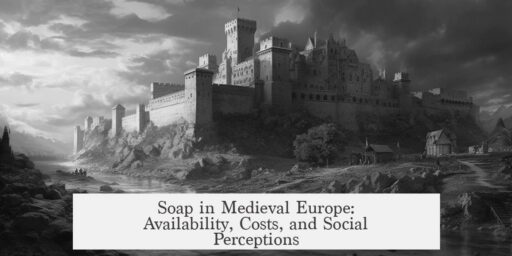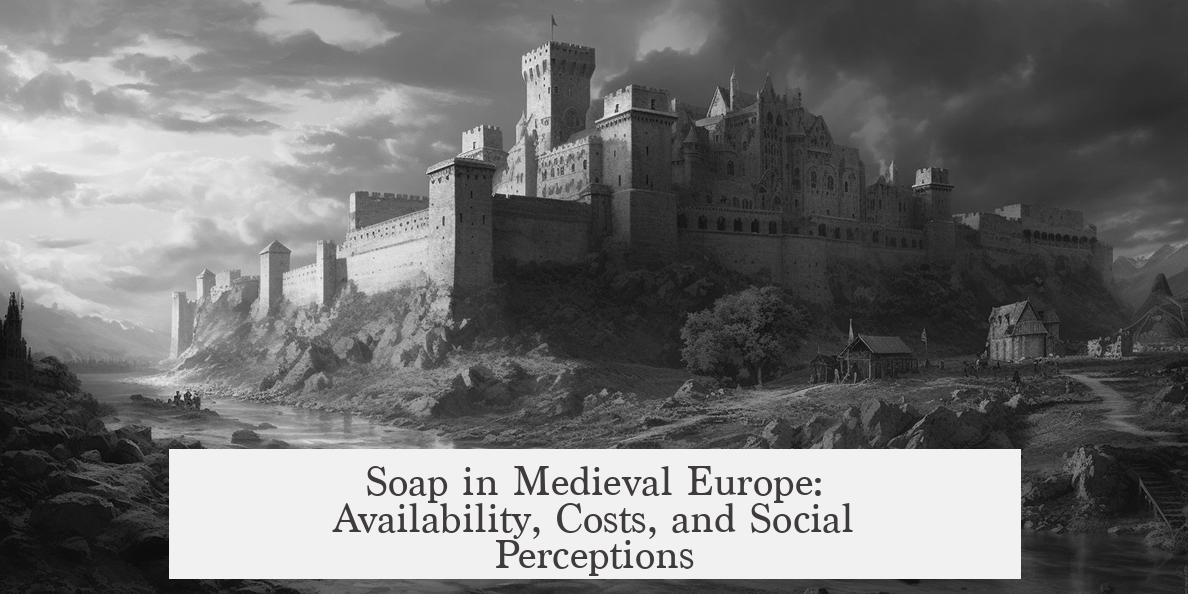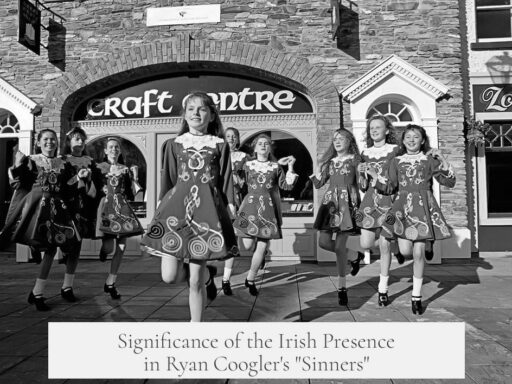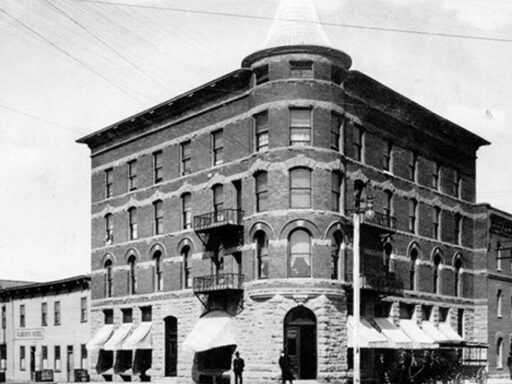Soap in Medieval Europe was generally known and used but varied widely in availability and quality depending on social status, location, and time period. Most people understood what soap was and had some form of access to it. However, premium-quality soap remained a luxury reserved for the wealthy.
Soapmaking in Europe dates back to at least the late 6th century CE. By the 8th century, regions such as Italy and Spain had established soapmaking guilds, with Castille, Spain becoming notable for producing high-quality soap by the 9th century. This Castille soap, made primarily from olive oil, was reputed for its mildness and quality compared to more common varieties.
Common soap in Medieval Europe commonly consisted of simple mixtures of wood ash, animal fats, and tallow. These basic soaps were often harsh and had a strong odor. This contrasted sharply with the refined castille soaps, which were prized for their gentler qualities.
The cost of good-quality soap limited wider access. Because of its expense, noble and wealthy classes typically used it, considering it a luxury item. Such soaps were often taxed, underscoring their status as valuable commodities. For most common people, the rougher, homemade-type soaps were the norm.
| Aspect | Details |
|---|---|
| Production Beginnings | Guilds since 6th century CE; Italy and Spain prominent by 8th century |
| Soap Types | Basic: wood ash and animal fats; Luxury: olive oil-based Castille soap |
| Availability | Known broadly; quality and access depended on wealth and location |
| Economic Status | Luxury goods to the rich, taxed; commoners used harsher, cheaper varieties |
- Soap was widely recognized but quality varied greatly.
- Soapmaking was an established craft by the Middle Ages.
- Luxury soaps like Castille were costly and taxed.
- Commoners largely used homemade, basic soaps.
What Was the Availability of Soap in Medieval Europe?

Soap was known to pretty much everyone in Medieval Europe, but getting your hands on quality soap? That was a whole other story. The majority of people came into contact with soap, mostly the rough and ready types, while the wealthier folks enjoyed the finer, gentler Castille soaps made from olive oil. So, soap’s availability depended heavily on where you lived, when in the medieval timeline you were, and, unsurprisingly, how rich you were.
Let’s dive into the gritty details of soap’s medieval journey.
The Medieval Soap Scene: More Than Just Dirt and Suds
Soap wasn’t some mysterious potion tucked away in a wizard’s cupboard. It was common knowledge enough that almost everyone knew what it was. But the catch was this—while everyone knew soap, not everyone got to enjoy the pleasant, mild kinds.
Picture this: the common folk used soaps made from wood ash and animal fats—hard on the skin, smelly, and a bit harsh. These basic soaps offered functionality but little luxury. On the flip side, the upper crust were bathing with Castille soap, crafted from olive oil, imported from Spain’s Castille region. That soap was smoother, less caustic, and downright fancy.
Where and When You Lived Mattered
Soap availability wasn’t uniform across the continent. Cities and regions played significant roles. Italy and Spain were early champions in soap production, with guilds of soapmakers documented since the late 6th century CE. By the 8th century, they dominated the European market.
So, if you lived in a bustling Italian city like Venice or a Spanish town near Castille, you had better access to quality soaps. Move north or out to rural areas, and soap—especially good soap—became scarce or downright expensive.
Guilds and Soapmaking: A Medieval Industry
Soapmaking wasn’t a basement DIY project. By the late 6th century, Europe boasted organized soapmaker guilds, teams that controlled soap quality, production, and sales locally. Guilds ensured soaps met a certain standard—well, at least for those who could afford their products.
Fast forward to the 9th century, soap was well-established all over Europe. But it remained a luxury item for the rich, partly thanks to the guilds’ control and partly because of the ingredients needed.
The Luxury Label: Soap Was Not Cheap

Soap’s price tag tells a story about medieval society. Basic soaps were affordable but not everyone valued cleanliness in the way we do today. However, the nicer stuff—the Castille soaps—draped in olive oil goodness—were _expensive_.
This wasn’t just about supply and demand. These luxury soaps were taxed, making them even costlier. Cleanliness for the masses meant tough, smelly soaps. Cleanliness for nobles meant smoother soaps, nicer smells, and a sharper wallet.
So, Why Was Soap a Luxury? The Ingredients and Costs Explained
The simplest soaps made from wood ash and tallow were harsh to produce but cheap ingredients. Wood ash contains alkali, essential in soapmaking, but it’s a bit rough on your skin. Animal fats were a byproduct of butchery—a cost-effective base but not pleasant-smelling.
Olive oil, on the other hand, was precious. It came from Mediterranean regions and required more labor-intensive harvesting. Making soap from olive oil meant a longer process and higher quality but much higher expense.
Imagine trying to pick up a bar of quality Castille soap after a long day of labor in a village far from the Mediterranean coast. It was simply not budget-friendly or practical.
Practical Tips: How Did the Average Person “Clean” Themselves?
Given that quality soap was scarce and costly, how did ordinary people keep clean? They often used water alone or rubbed their skin with cloth, sand, or even herbs to scrub away dirt. Bathing rituals might involve infrequent immersion in large tubs, but soap could be a rare guest.
Those who could not afford real soap often made do with “soapy water” from ash or used animal fats directly on the skin, which was less effective but accessible.
Interesting Tidbits: Soap and Society’s Perception
In some medieval circles, bathing wasn’t just a matter of hygiene but tied strongly to morality and religion. Excessive bathing was sometimes frowned upon, as it was seen as vanity or a risk for illness due to wet skin. So, soap was not just a luxury item by cost but also by social acceptance at times.
This social nuance also impacted soap’s availability and consumption.
Could Soap’s Tale Teach Us Anything Today?
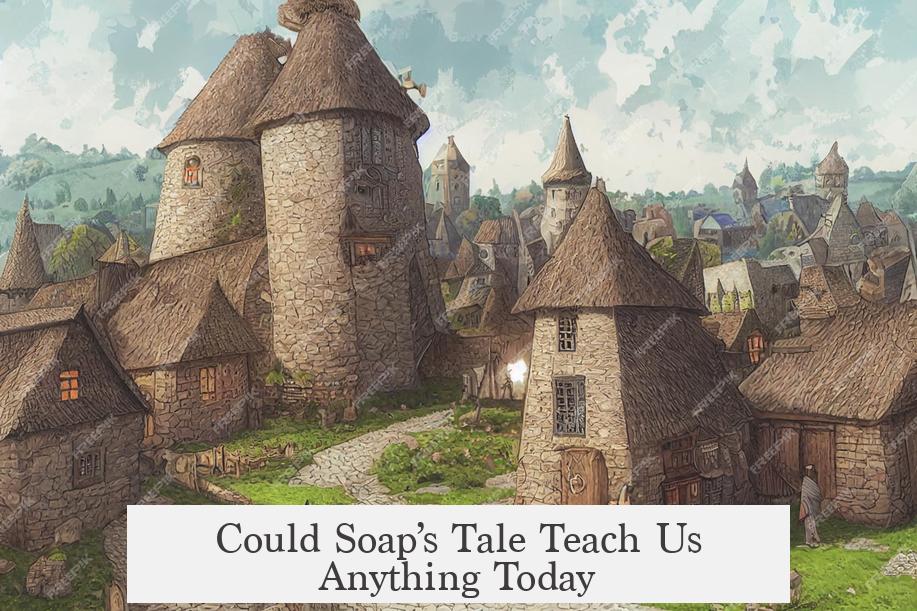
Looking at soap in medieval Europe gives insight into how basic hygiene evolved alongside society’s structure. It reminds us that what we now take for granted—a bar of soap—isn’t always accessible or affordable.
Next time you reach for your foamy favorite, consider the history beneath your fingertips. Soap tells a story about class, geography, industry, and culture. It’s more than just bubbles and scent.
In Summary
- Soap was *known* to nearly everyone in medieval Europe but mostly the poor got the harsh, smelly kind.
- Italy and Spain led soap production, with guilds shaping the industry by the 6th century CE.
- The famed Castille soap, made from olive oil, was a luxury and taxed.
- Where you lived and your wealth shaped your soap access more than anything.
- Simple saponification methods made basic soaps affordable but less pleasant.
- Cultural beliefs sometimes dissuaded frequent bathing, affecting soap use.
So, soap’s availability in medieval Europe was a mixed bag. It bridged necessity and luxury, practical use and social signaling. It makes one wonder: what everyday product today will seem as exotic or luxurious in a few centuries?
